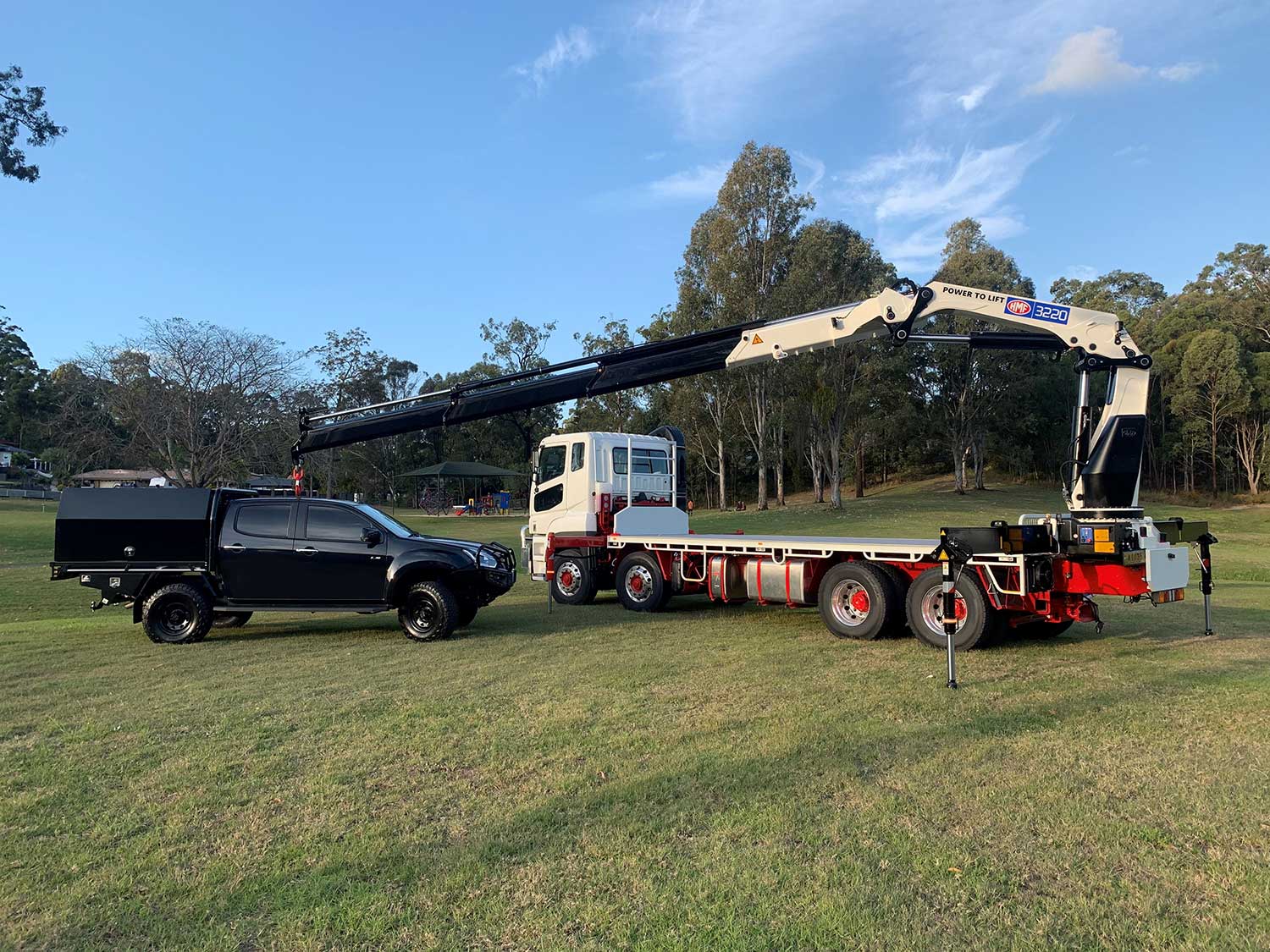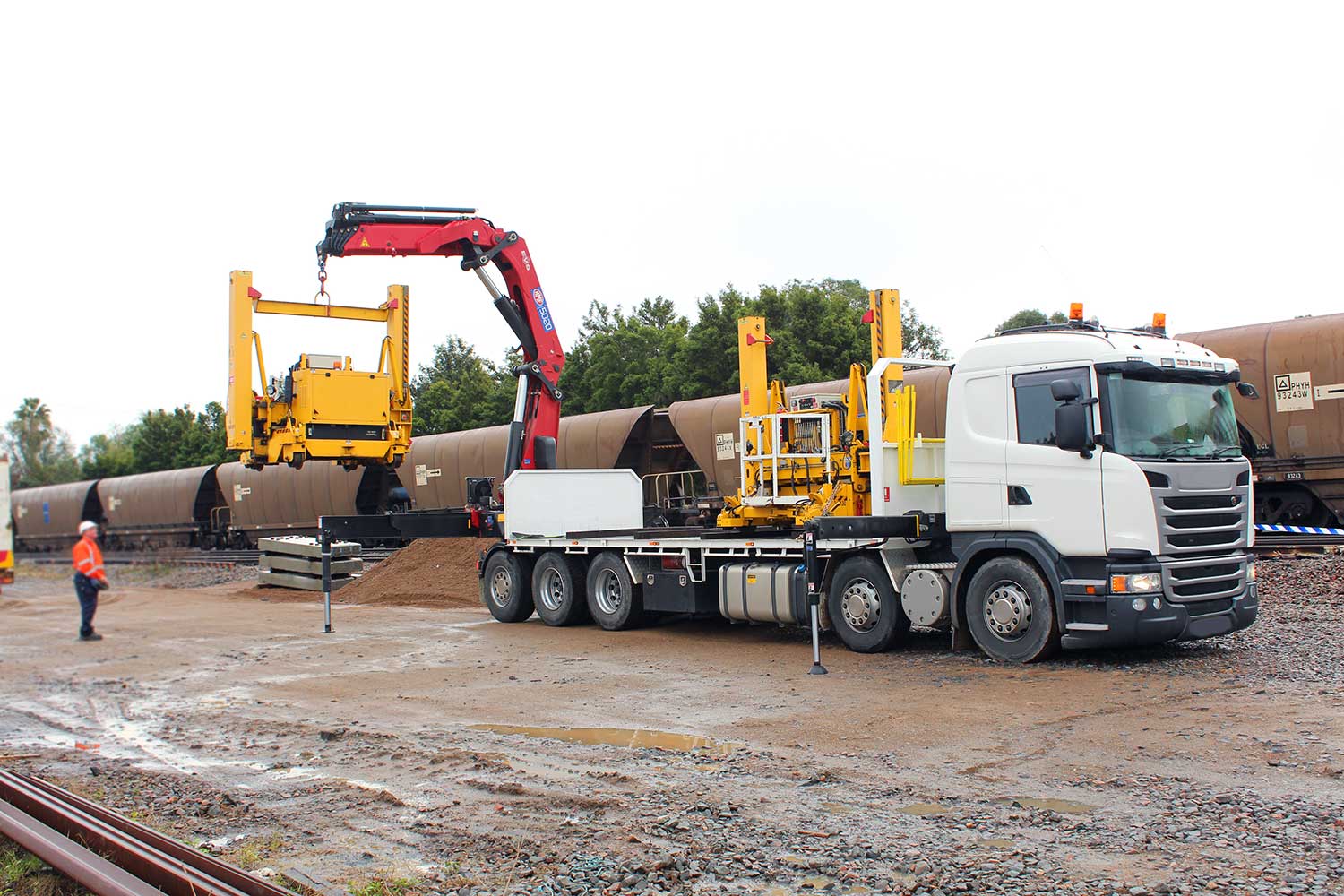When choosing the best crane for your business and operational needs, it’s essential to remember that they’re complex and sophisticated machines. Selecting the correct equipment for specific project requirements is crucial for ensuring both site safety and optimal performance.
Features and specifications vary across models of cranes, including size, brand, installation and training requirements. All these factors have an impact on the equipment’s suitability for different tasks and environments. Making the wrong choice can lead to costly delays, damage or reduced productivity.
At HMF, safety, high performance, and reliability are our priorities. We’ve compiled this guide to help you understand everything you need to consider before investing in a new crane to ensure it will support your business needs.

1. Load Capacity and Crane Specifications
Load capacity is a fundamental aspect of safe crane operation. The amount of weight a crane can safely handle depends on its configuration, boom angle, load weight and dimensions, distance to the load (radius), physical obstacles, lifting height, as well as the terrain and ground conditions.
The crane’s safety systems will not allow it to be overloaded; however, it’s essential to refer to the crane’s load chart to ensure that the equipment specifications align with your project requirements.
2. Mobility and Manoeuvrability
Truck-mounted cranes are easier to transport from one place to another due to being mounted on a regular truck, unlike a mobile crane. They have much smaller space requirements than mobile cranes and are usually more affordable and easier to maintain.
Mobile cranes have the advantage of usually having a higher lifting capacity and the ability to walk the load.
3. Safety Features and Compliance
Cranes handle very heavy loads, making a focus on safety imperative during operations to avoid the truck tipping, crane buckling or dropping its load.
Thankfully, cranes are subject to both design and operating regulations and use a range of safety features to ensure a safe work environment. Vehicle loading cranes use safety features such as pressure transducers, proximity sensors, and the RCL (rated capacity limiter) computer on the crane.
You can find more information about safety standards at the global publisher for Australian Standards, SAI Global, or by contacting the national peak body for the crane industry.
HMF’s range of cranes exceeds Australian Standards to ensure safety and reliability for your business.
4. Maintenance and Service Requirements
Cranes require regular visual inspection to ensure all their components, such as outriggers, booms and hooks, are in good working order and meet the necessary safety requirements. Other maintenance tasks, such as lubrication of moving parts, should also occur frequently as part of a preventative maintenance program. Cranes should also undergo pre-operational checks before each use.

Machinery needs to be serviced according to the manufacturer’s recommendations to ensure it doesn’t pose a safety risk on a construction site. Always consider these maintenance requirements before purchasing heavy machinery and factor them into your budget.
5. Cost vs. Value
As with any investment, a cost-benefit analysis is required to determine if your crane choice represents good value for money. When comparing your lifting equipment options, consider the crane’s capabilities and limitations, your potential return on investment, the cost of ownership (considering transport and servicing) and resale value. The long-term value must warrant the upfront cost.
6. Supplier Reputation and Support
Always choose a supplier with a strong reputation and experience in the industry. Reliability is key to ensuring you don’t make a significant purchase without the correct after-sales service and guidance on how to maximise productivity and get the most out of your machinery.
You will require servicing, repairs and parts during ownership, so thorough research before purchasing is essential. Customer reviews on independent sites are a great place to start.
7. Customisation and Future-Proofing
Observing how technology has evolved over recent years provides insight into how important it is to future-proof your investment. Customisation to make your crane suitable for a wide range of applications, an emphasis on sustainability and safety and the integration of smart technology are integral to ensuring your crane serves you well into the future.
Ready to Purchase Your Crane?
From load capacity to safety features, future-proofing and warranty, there’s plenty to think about before you purchase a truck-mounted crane. If you’re struggling to weigh up all the factors involved with your purchase, reach out to the experts at West-Trans Equipment, the exclusive Australian distributor for HMF Vehicle Loading Cranes.
Our knowledge and experience with heavy equipment means we are well-equipped to offer customers guidance on purchasing vehicle loading cranes, so call us today on 1300 877 411 to see how we can help.

